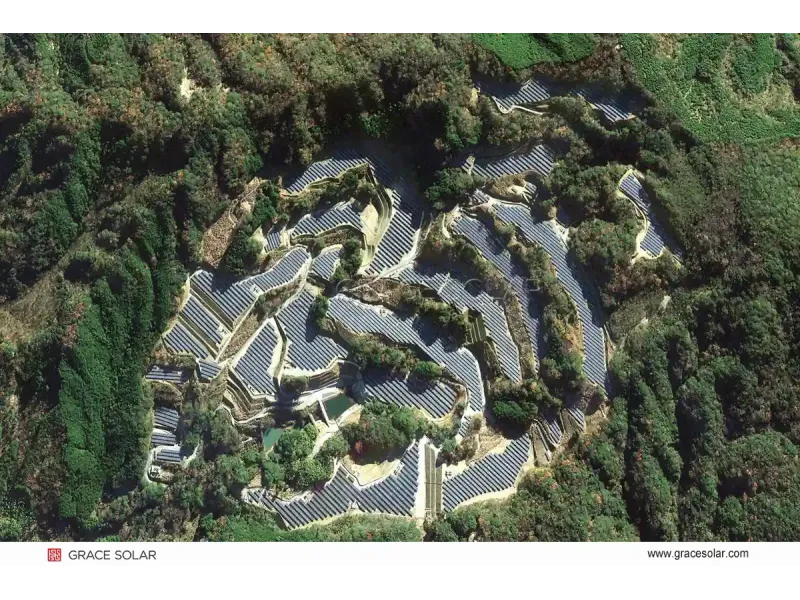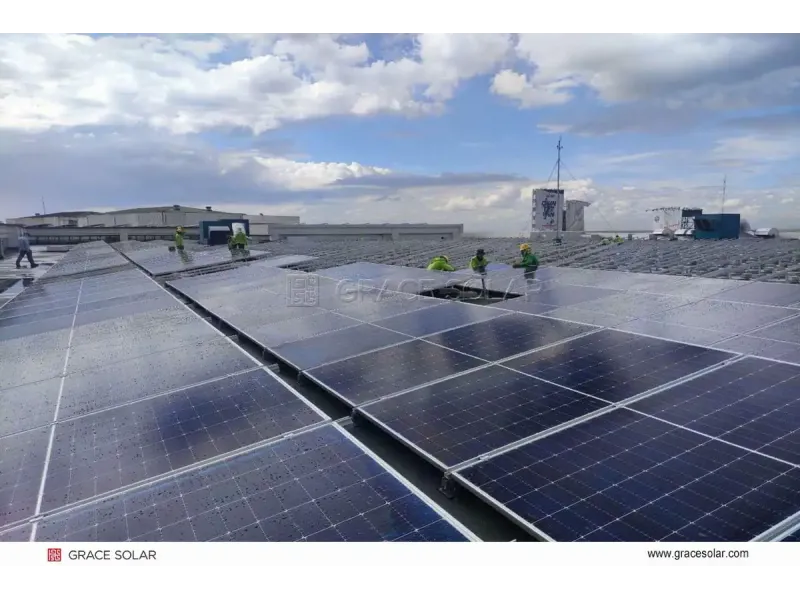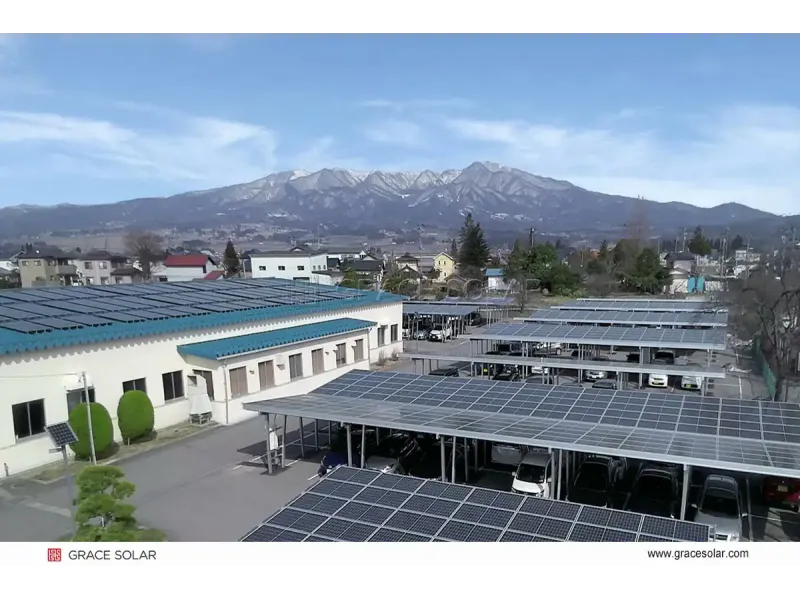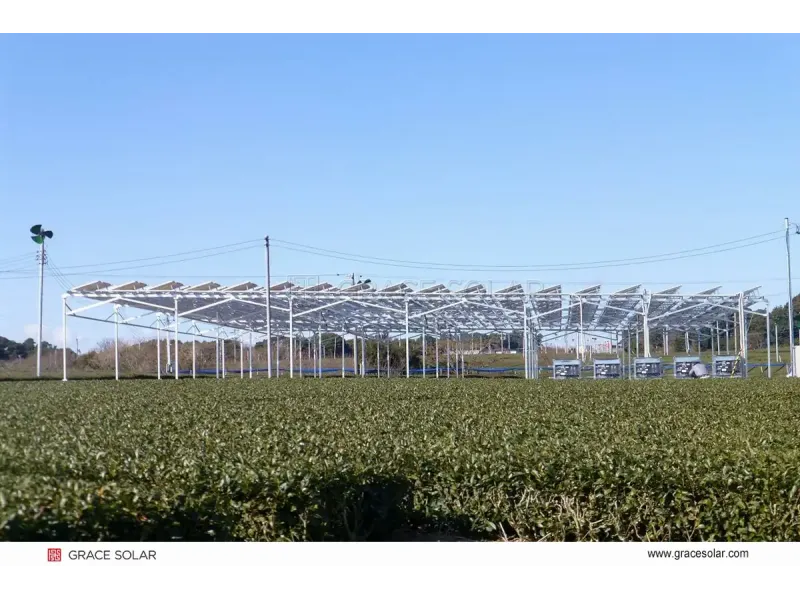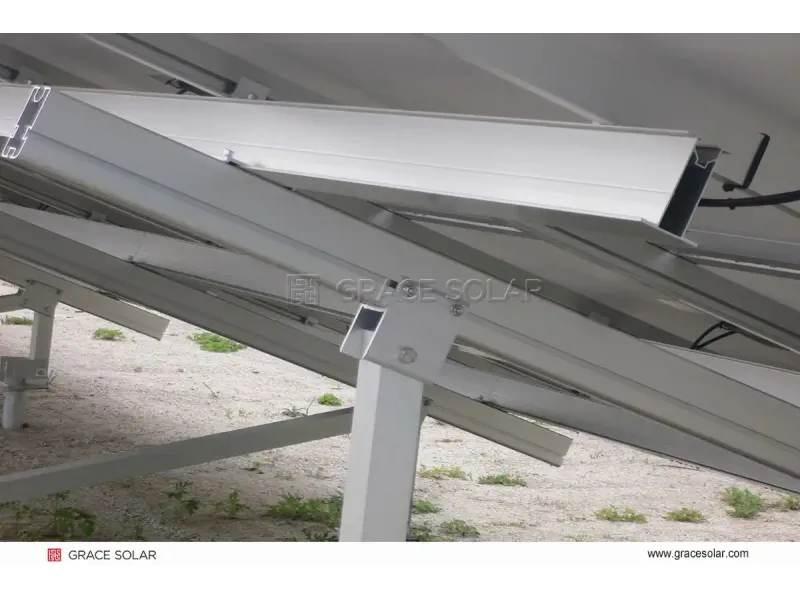What Is Solar Power Tracking? Revolutionizing Solar Energy Efficiency Worldwide
Solar power tracking technology has transformed how we harness solar energy, with advanced systems increasing energy production by 25-45% compared to traditional fixed installations. This comprehensive guide explores everything you need to know about solar tracking systems.
Understanding Solar Tracking Technology
Solar tracking systems represent one of the most significant advancements in photovoltaic technology. These sophisticated mechanical devices automatically orient solar panels to follow the sun's precise path across the sky, maintaining optimal alignment throughout the day and across seasons.
Unlike fixed-tilt systems that remain stationary, solar trackers dynamically adjust panel positioning to keep them perpendicular to solar rays. This continuous optimization can increase energy production by 25-45% depending on geographic location, tracker type, and local weather conditions.
Key Principle of Solar Tracking
The fundamental principle behind solar tracking is maximizing the angle of incidence - ensuring sunlight strikes solar panels at near-perpendicular angles throughout the day, significantly reducing reflection losses and increasing energy absorption efficiency.
How Solar Trackers Work: The Science Behind Maximum Efficiency
Modern solar tracking systems utilize an integrated approach combining sensors, control units, and precision mechanical drives to continuously optimize panel positioning. The technology has evolved significantly, offering different operational methodologies:
Light-Sensing Technology
Uses photodiodes or other light sensors to detect the sun's position directly. These systems respond to actual solar radiation but can be affected by cloudy conditions or sensor obstruction.
Astronomical Algorithms
Employs mathematical calculations based on GPS coordinates, time, and date to determine the sun's theoretical position. Unaffected by weather conditions but requires precise initial calibration.
Hybrid Systems
Combines both approaches, using astronomical tracking as the primary method with light sensors providing correction and verification for optimal accuracy in all conditions.
At Grace Solar, our advanced tracking systems incorporate AI, IoT connectivity, and machine learning algorithms to optimize performance in real-time. This intelligent approach ensures maximum energy capture while automatically accounting for changing weather conditions, potential shading issues, and seasonal variations.
Types of Solar Tracking Systems: Choosing the Right Solution
Single-Axis Solar Trackers
Single-axis trackers rotate on one horizontal axis, following the sun's east-to-west movement throughout the day. These systems offer an excellent balance of increased efficiency (typically 25-35% more energy than fixed systems) and cost-effectiveness.
Advantages:
- Lower initial investment
- Proven reliability and durability
- Reduced maintenance requirements
- Ideal for large-scale installations
Applications:
- Utility-scale solar farms
- Commercial solar projects
- Large ground-mounted systems
- Areas with consistent sun paths
Grace Solar's single-axis tracking systems feature robust engineering with global cumulative installed capacity of 48GW, demonstrating proven reliability across diverse climate conditions from desert environments to coastal regions.
Dual-Axis Solar Trackers
Dual-axis trackers provide movement on both horizontal and vertical axes, following not only the sun's daily east-west path but also its seasonal north-south variations. This comprehensive tracking capability can boost energy production by up to 45% compared to fixed systems.
Advantages:
- Maximum energy capture
- Superior seasonal performance
- Optimal for space-constrained sites
- Higher ROI in high-latitude regions
Applications:
- Commercial installations with space limits
- High-latitude locations
- Research and demonstration projects
- Areas with significant seasonal variation
Our advanced dual-axis trackers are particularly valuable for commercial installations with space constraints, as they maximize energy output from limited areas while adapting perfectly to seasonal sun position changes.
Comprehensive Benefits of Solar Tracking Systems
Increased Energy Production
25-45% more electricity generation compared to fixed-tilt systems, significantly improving project economics and ROI. This enhanced output translates directly to higher revenue and faster payback periods.
Improved Financial Returns
Higher energy output accelerates payback period and increases lifetime revenue, making projects more financially attractive. The enhanced energy yield improves return on investment and project bankability.
Better Grid Management
Extended production hours help match energy generation with peak demand periods, improving grid stability and value. Trackers generate more power during morning and evening peak demand times.
Land Optimization
Generate more power from the same footprint, reducing land requirements and minimizing environmental impact. This is particularly valuable in areas with limited available space or high land costs.
Beyond these primary benefits, solar tracking systems also provide operational advantages including reduced levelized cost of electricity (LCOE), extended generation hours that better match consumption patterns, and future-proofing against evolving energy market dynamics. The technology also enhances energy production consistency throughout the year, reducing seasonal variability in output.
Grace Solar's Expertise in Advanced Tracking Solutions
With over a decade of experience and ranking among the top 5 global manufacturers in solar mounting systems, Grace Solar brings unparalleled expertise to solar tracking technology. Our commitment to innovation and quality has established us as a trusted partner in over 100 countries worldwide.
Our flagship GS-Light intelligent tracking system incorporates cutting-edge features developed through extensive R&D and real-world testing:
AI-Powered Optimization
Machine learning algorithms that continuously improve performance based on historical data and real-time conditions.
IoT Connectivity
Remote monitoring, control, and diagnostics capabilities for proactive maintenance and performance optimization.
Advanced Backtracking
Intelligent algorithms that prevent self-shading between rows while maximizing energy capture throughout the day.
Wind-Stow Protection
Automatically positions panels in safe orientations during extreme weather conditions to prevent damage.
Our trackers have achieved bankability status with proven reliability across diverse environments, from the extreme heat of Middle Eastern deserts to the stringent requirements of the Japanese market, where we hold the #1 market share position. With UL, TUV, CE, JIS, and MCS certifications, Grace Solar tracking systems meet the highest international standards for quality and safety.
Applications and Ideal Use Cases for Solar Tracking
Solar tracking systems deliver maximum value in specific applications and geographic contexts. Understanding these optimal use cases helps in selecting the right technology for each project:
Utility-Scale Solar Farms
Large-scale solar installations benefit tremendously from single-axis trackers, where the balance of increased energy production and manageable additional cost provides optimal economics. The 15-35% energy gain significantly improves project IRR while the centralized maintenance approach suits large-site operations.
Recommended: Horizontal single-axis trackers (HSAT) for most utility projects, with vertical single-axis trackers (VSAT) considered for high-latitude locations above 45°.
Commercial and Industrial Projects
For commercial installations with space constraints, dual-axis trackers can maximize energy output from limited areas. These systems are particularly valuable when rooftop space is insufficient and ground space is premium, or when energy needs to be generated during specific high-tariff periods.
Recommended: Dual-axis trackers for space-constrained sites, single-axis trackers for larger commercial grounds, considering the higher maintenance requirements of dual-axis systems.
Geographic Considerations
Geographic location dramatically impacts tracking system performance. Areas with high direct normal irradiance (DNI) like deserts see the greatest absolute benefits. High-latitude locations benefit more from dual-axis tracking due to significant seasonal sun angle variations, while equatorial regions see excellent returns from simpler single-axis systems.
Optimal Regions: Single-axis trackers perform exceptionally well between 35°N and 35°S latitudes, while dual-axis systems show superior performance in regions beyond 40° latitude in both hemispheres.
At Grace Solar, we've successfully implemented tracking solutions across this full spectrum of applications, from massive utility projects in the American Southwest to precision commercial installations in Japan's limited spaces. Our expertise in site-specific optimization ensures each project achieves its maximum potential regardless of location or application.
The Future of Solar Tracking Technology and Industry Trends
As solar technology continues its rapid evolution, tracking systems are becoming increasingly intelligent, reliable, and cost-effective. Several key trends are shaping the future of solar tracking:
AI and Predictive Analytics
Advanced artificial intelligence will enable predictive tracking that anticipates weather changes, cloud movements, and seasonal patterns to optimize energy capture proactively rather than reactively.
Hybrid System Integration
Seamless integration with energy storage systems will allow trackers to optimize not just for immediate generation but for overall system economics, considering time-of-use rates and grid requirements.
Advanced Materials and Manufacturing
Lighter, stronger materials and automated manufacturing will reduce costs while improving durability and reliability, making tracking systems accessible for smaller-scale applications.
Grace Solar remains at the forefront of these developments, with our 2,000m² experiment center continuously testing new technologies and our engineering team driving innovation in tracking system design. Our commitment to "mount every solar plant firm as rock" and bring "more profits from the sun" continues to guide our development of next-generation tracking solutions.
Ready to Explore Solar Tracking for Your Project?
Whether you're planning a utility-scale solar farm, commercial installation, or specialized project, Grace Solar's comprehensive tracking solutions offer the reliability, performance, and financial returns your project demands. With global experience, proven technology, and unwavering commitment to quality, we're ready to help you harness the full power of the sun.

